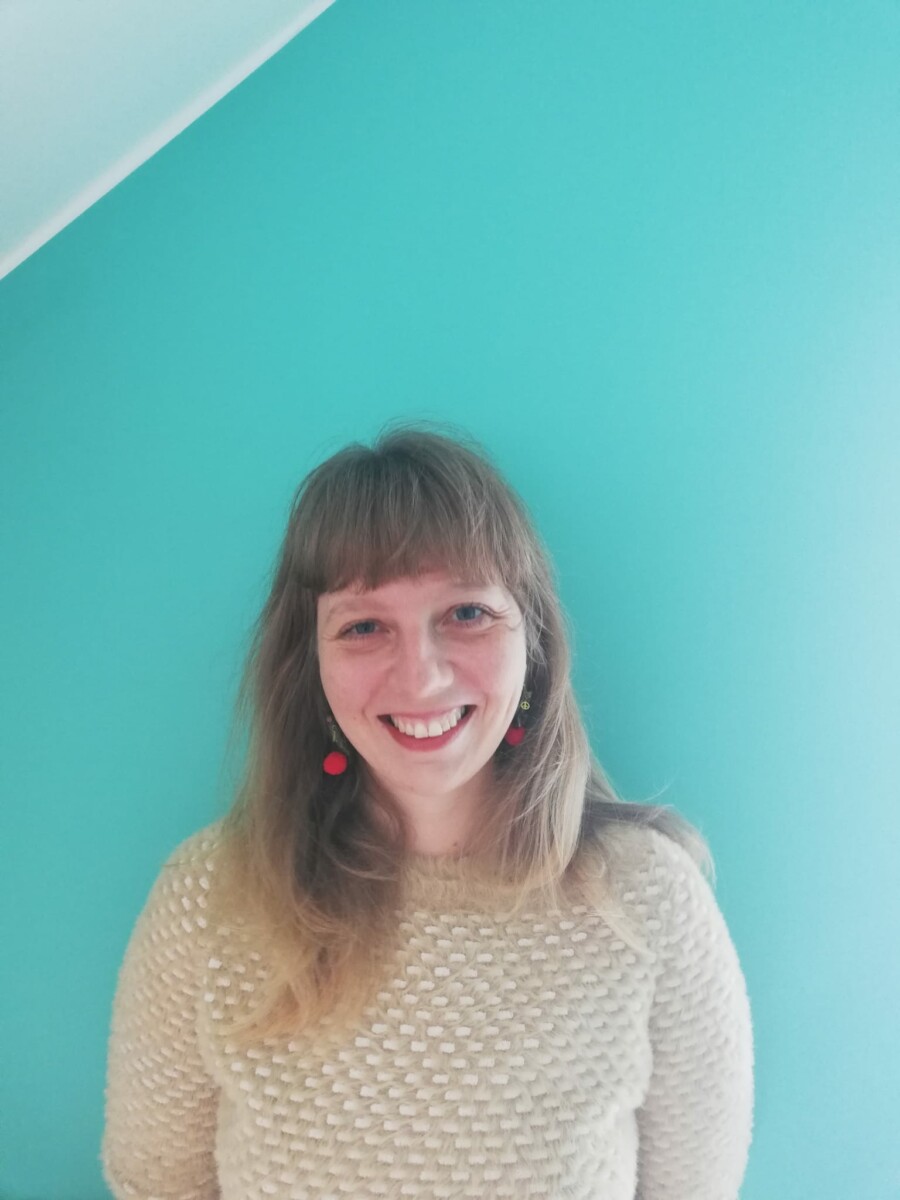Summary :
Background. Hand-Arm Bimanual Intensive Therapy Including Lower Extremities (HABIT-ILE) is one of the recommended interventions to improve motor function of children with unilateral (UCP) and bilateral (BCP) cerebral palsy. As this is a recent intervention, its effects and practice setting have not yet been reviewed. This is the objective of this work.
Method. Three electronic databases (CINAHL, Embase, and Medline) were examined. The methodological framework for scoping reviews was followed (Arksey & O’Malley, 2005 ; Levac et al., 2010), as well as the Preferred Reporting Items for Systematic Review and Meta-analysis recommendations for reviews (Page et al., 2021).
Results. Of the 63 studies identified, 15 studies were included. The population consisted of children with UCP and BCP aged 1 to 18 years with mild to severe activity limitations. The HABIT-ILE methodology was adapted in terms of number of hours of practice and type of activity according to the age and topography of the impairment. Improvements in manual ability, gross motor skills and performance in daily life were observed after HABIT-ILE. Preliminary results show improvements in cognitive function and other body structures and functions after HABIT-ILE.
Conclusion. Improvements in motor function following HABIT-ILE were observed in a large panel of children with cerebral palsy. These results could pave the way for a better understanding of the potential clinical application of this type of approach despite organizational barriers.
Cet article est payant !
Je suis abonné, je m’identifie ci-dessous.
Je ne suis pas abonné, j’achète ici
Article rédigé par :
-

Julie Paradis
Ergothérapeute DE
Département d’ergothérapie
HE Vinci, Bruxelles, Belgique
julie.paradis@vinci.be
-
Daniela Ebner-Karestinos
Kinésithérapeute DE
Institut de neuroscience, Université catholique de Louvain, Bruxelles, Belgique
Exercise and Rehabilitation Sciences Laboratory, School of Physical Therapy, Faculty of Rehabilitation Sciences, Universidad Andrés Bello, Santiago, Chili
-
Rodrigo Araneda
Kinésithérapeute DE
Institut de neuroscience, Université catholique de Louvain, Bruxelles, Belgique
Exercise and Rehabilitation Sciences Laboratory, School of Physical Therapy, Faculty of Rehabilitation Sciences, Universidad Andrés Bello, Santiago, Chili
-
Geoffroy Saussez
Kinésithérapeute DE
Laboratoire « Forme et fonctionnement humain », département d’ergothérapie et de kinésithérapie
Haute École de Louvain-en-Hainaut – Montignies-sur-Sambre, Montignies-sur-Sambre, Belgique
-
Yannick Bleyenheuft
Kinésithérapeute DE
Institut de neuroscience,
Université catholique de Louvain, Bruxelles, Belgique

